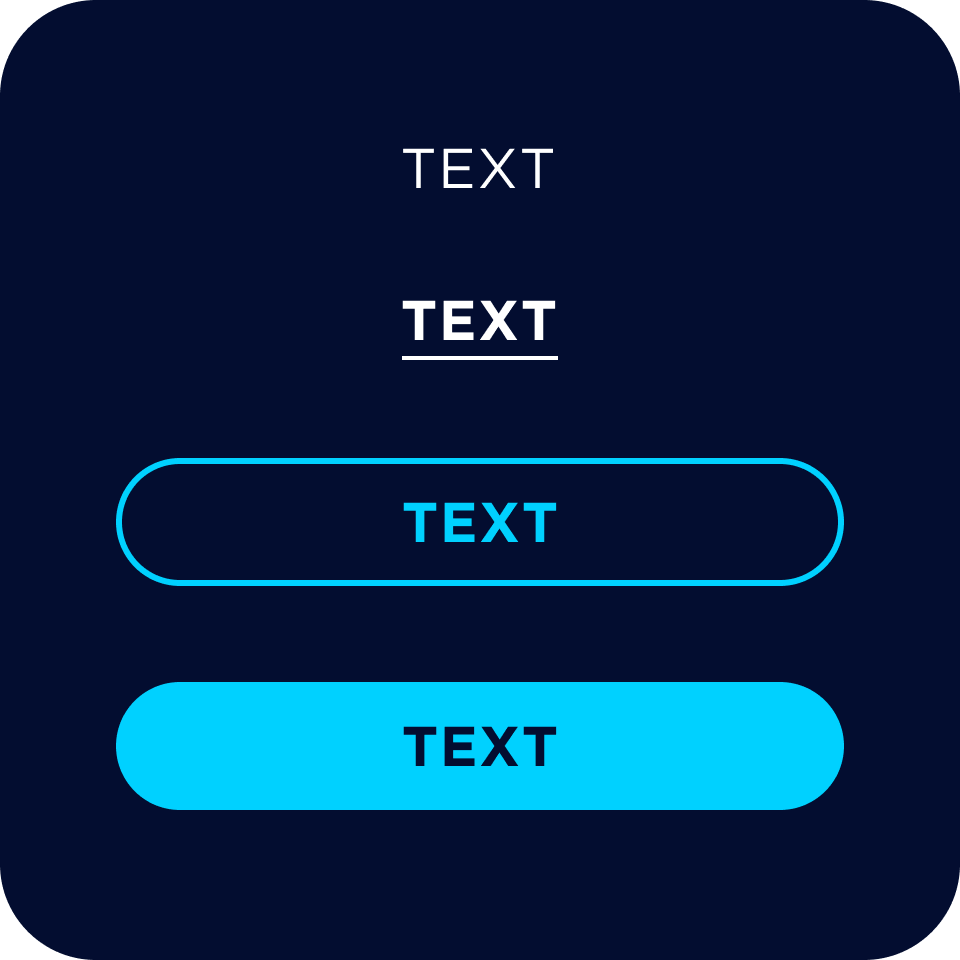
What is perceived affordance?
Perceived affordance describes how well design communicates opportunities for interaction.
Why does perceived affordance matter?
There are two situations where perceived affordance impacts usability: 1. users believe an object is interactive but it is not, and 2. users do not see an object as interactive but it is clickable. When a user engages with a non-interactive object an outcome is expected. If there is no response from the system they may interact again only to be disappointed twice. When a user misses an opportunity to engage their ability to complete a task or receive value is diminished. Both cases lead to user frustration and potentially product abandonment.
How does FOXGROOVE ensure perceived affordance?
We start by choosing object types that users expect to be interactive or have been previously exposed as interactive. Next we apply design (size, shape, font treatment, color, etc…) to enhance the perception of interactivity. Applying consistent design treatments helps users quickly assess whether an object is interactive.
Our Approach
1. Use hover states to provide immediate confirmation of interactivity.
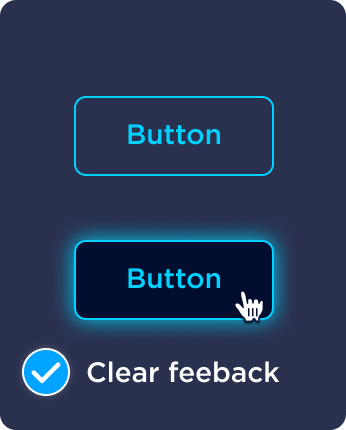
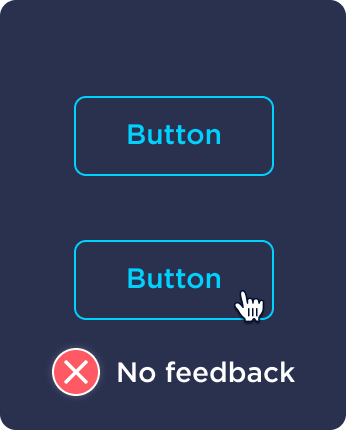
2. Use color plus at least one other element to ensure accessibility.


3. Make all related elements in a unit clickable.
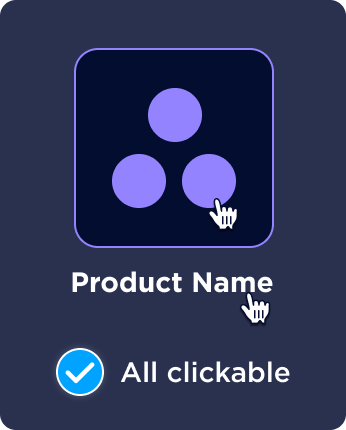
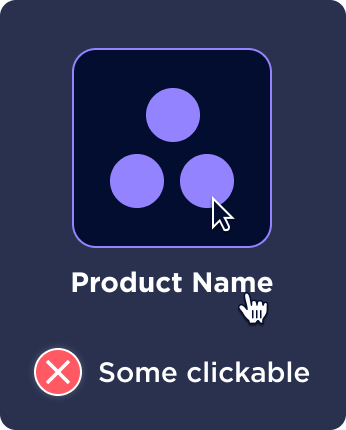
FOXGROOVE uses our creativity, experience, and a guiding set of 50+ usability principles to make every product successful.


